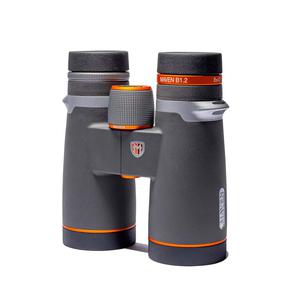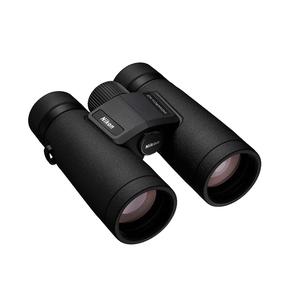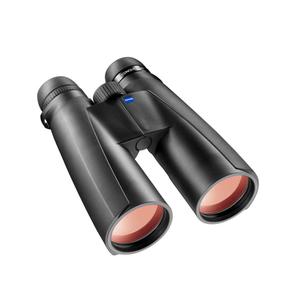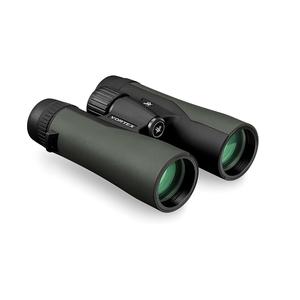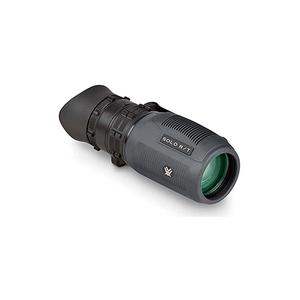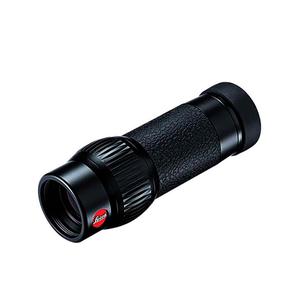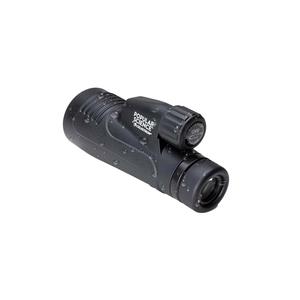Binoculars vs Monoculars: What is the Difference
Binoculars and monoculars are both fascinating optical instruments, each offering unique features and benefits to enhance our vision of distant objects. While they might seem similar at first glance, they possess distinct differences in design, functionality, and usage.
This comprehensive exploration delves into the core characteristics of both binoculars and monoculars, comparing their advantages and disadvantages. By understanding these differences, you can make an informed choice that aligns with your specific needs and activities.
Short answer:Binoculars are optical devices with two aligned telescopes enabling two-eye viewing, offering depth perception and a wide field of view. Monoculars, on the other hand, are similar but designed for one-eye use, typically more compact and portable, but offering a narrower field of view.
- Delving into the World of Binoculars
- Exploring the Monocular Universe
- Weighing the Pros and Cons
- Making the Right Choice: Binoculars or Monoculars?
- FAQ About Binoculars and Monoculars
Delving into the World of Binoculars
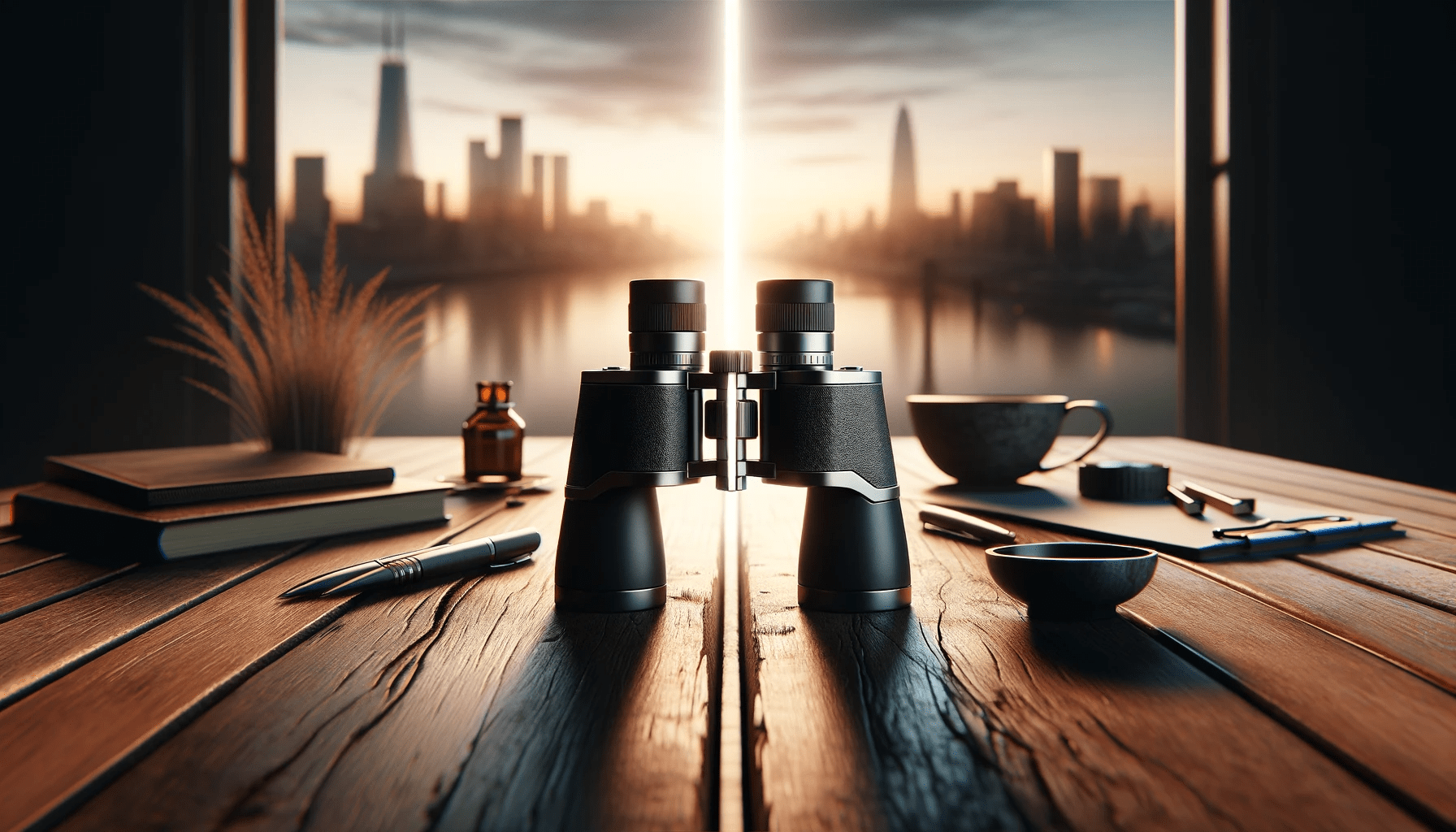
Binoculars, characterized by their dual-tube design, are a marvel of optical engineering. Each tube houses a lens and a prism, with the lens focusing light from the observed object and the prism correcting the orientation of the image.
This design allows for binocular vision, leveraging both eyes for an enhanced viewing experience. This dual-eye usage not only broadens your field of view but also brings a sense of depth and dimensionality to your observations, making the viewing experience more immersive and natural.
Binoculars are often specified by their magnification power and objective lens diameter. For instance, a 10x50 model offers 10 times magnification with a 50mm lens. The magnification factor reveals how much larger objects will appear, while the lens diameter influences image brightness and clarity.
However, higher magnification can narrow your field of view and make image stability a challenge. Larger lenses, though improving image brightness, add to the weight and bulk of the binoculars.
Two primary prism designs exist in binoculars: Porro and Roof. Porro prisms, the traditional choice, result in wider, angular binoculars. Roof prisms, a more modern approach, yield a more compact and streamlined design. By the way, if you are looking for interesting binocular models, here are our top 4 best binoculars in 2024:
- High-End Performance at Affordable Price
- Ideal for Hunting, Birding, and Wildlife Viewing
- Enhanced Low-Light Performance
- Tack-Sharp Edge-to-Edge Vision with Deep Field
- Compact and Lightweight with Improved Light Transmission
- ED Glass Lenses Minimize Distortion
- Ideal for Birding and Wildlife Observation
- Rubber-Armored, Non-Slip Grip Design
- Waterproof and Fog-Proof for Reliable Performance
- Turn-and-Slide Rubber Eyecups for Eyeglass Compatibility
- HD Lens System for Vivid Imaging
- Best for Birdwatching and Nature Observation
- LotuTec Coatings for Scratch Protection
- Conveniently Placed Focusing Wheel for Easy Use
- Perfect for Stalking Game and Rough Terrain
- Exceptional Clarity and Color Fidelity
- Resistant to Water and Fog
- Eyecups Adjustable for Eyeglass Wearers
- Secure, Non-Slip Rubber Armor
- Includes GlassPak Harness for Easy Carrying
Exploring the Monocular Universe
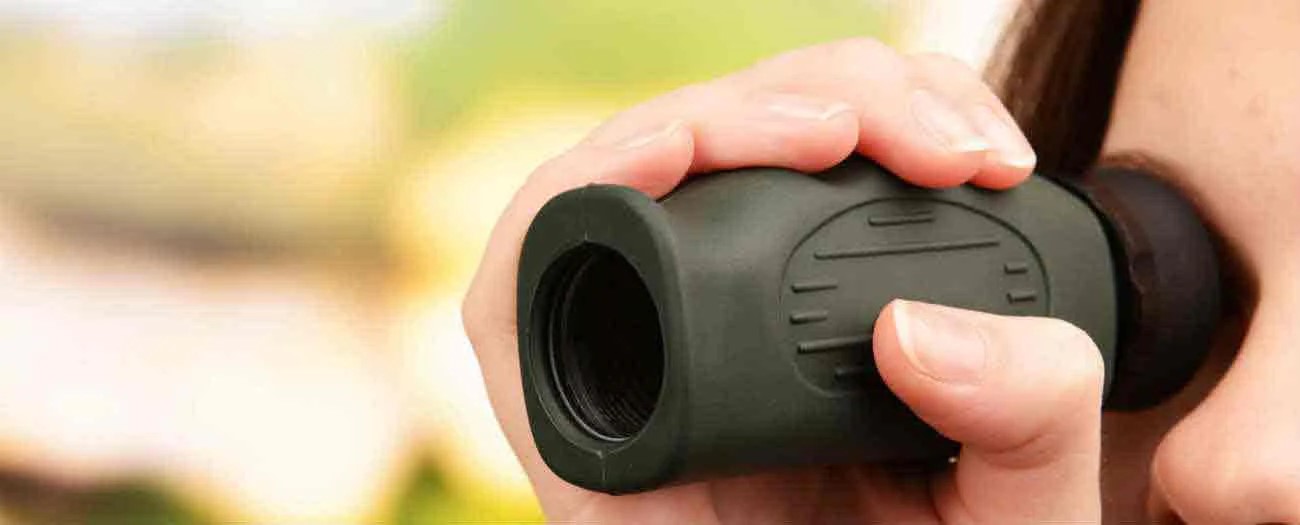
Monoculars are akin to a single half of a pair of binoculars or a compact telescope. This design incorporates a single tube, lens, and prism, facilitating one-eye viewing. While this results in a narrower field of view and a less immersive experience, it doesn't detract from the utility of monoculars in certain contexts.
Like binoculars, monoculars are categorized by magnification and lens diameter. Their singular tube construction makes them lighter and more portable, offering a convenient alternative for quick, on-the-go observations. They are also more user-friendly for individuals wearing glasses, with less need for adjustments in eye relief or interpupillary distance.
Monoculars may employ either Porro or Roof prisms, with the design choice impacting their overall shape and compactness less significantly than in binoculars due to their inherent streamlined nature. Just so you know, if you're in search of some notable monocular options, check out our selection of the top 4 monoculars for 2024:
- 8x Magnification with 36mm Objective Lens
- Fully Multi-Coated Lenses
- R/T Ranging Reticle with Milliradian Measurements
- Compact, Rubber-Armored, and Includes Utility Clip
- Waterproof and Fogproof for Reliable Field Use
- Fits Easily in Pockets, Ideal for Travel
- Functions as Mini-Telescope or Macroscope
- Ideal for Detailed Observation of Small Objects
- Roof Prism with Phase Correction for Clear Images
- Waterproof and Nitrogen-Filled to Prevent Misting
- 12x Magnification with 50mm Objective Lens
- Multi-Coated Lenses and BaK-4 Prisms
- Waterproof, Fog-Proof with Rubber-Armored Build
- Smartphone Adapter and Bluetooth
- Ideal for Various Outdoor Activities, Tripod Adaptable
- Powerful 20x for Detailed Distance Viewing
- Waterproof, Fog-Proof, and Travel-Friendly
- Multi-Coated BaK-4 Glass for Bright, Clear Images
- Easily Capture and Share Observations
- Comfortable Twist-Up Eyecup Design
Weighing the Pros and Cons
Both binoculars and monoculars have their own advantages and disadvantages, depending on your needs and preferences. Here are some of the main pros and cons of each device:
| Feature | Binoculars | Monoculars |
|---|---|---|
| Field of View | Wider, allowing for more comprehensive scene observation and easier tracking of moving objects. | Narrower, limiting the extent of vision and making tracking moving objects more challenging. |
| Viewing Experience | More natural and comfortable, reducing eye strain and fatigue. | Less natural and can increase eye strain and fatigue. |
| Depth Perception | Enhanced, helping in accurately judging distances and sizes of objects. | Reduced, making it difficult to judge distances and sizes accurately. |
| Image Stability | More stable and clear, especially beneficial at higher magnifications. | Less stable and clear, particularly at higher magnifications. |
| Suitability | Ideal for extended, detailed observation such as birdwatching or stargazing. | Better for quick, brief observations, like checking a distant sign or a map. |
| Size and Weight | Heavier and bulkier, presenting challenges in transport and storage. | Smaller and lighter, making them more portable and easy to carry. |
| Cost | Generally more expensive, especially high-quality models with Roof prisms. | More affordable, especially in low to medium quality models with Porro prisms. |
| Ease of Use | More complex adjustments required (focus, eye relief, interpupillary distance). | Simpler to use with minimal adjustments needed. |
| Vulnerability | Higher risk of damage due to more moving parts and lenses. | Less prone to damage due to simpler construction. |
| Versatility | Less versatile due to size and complexity. | More versatile for a variety of activities like golfing, hunting, or hiking. |
Making the Right Choice: Binoculars or Monoculars?
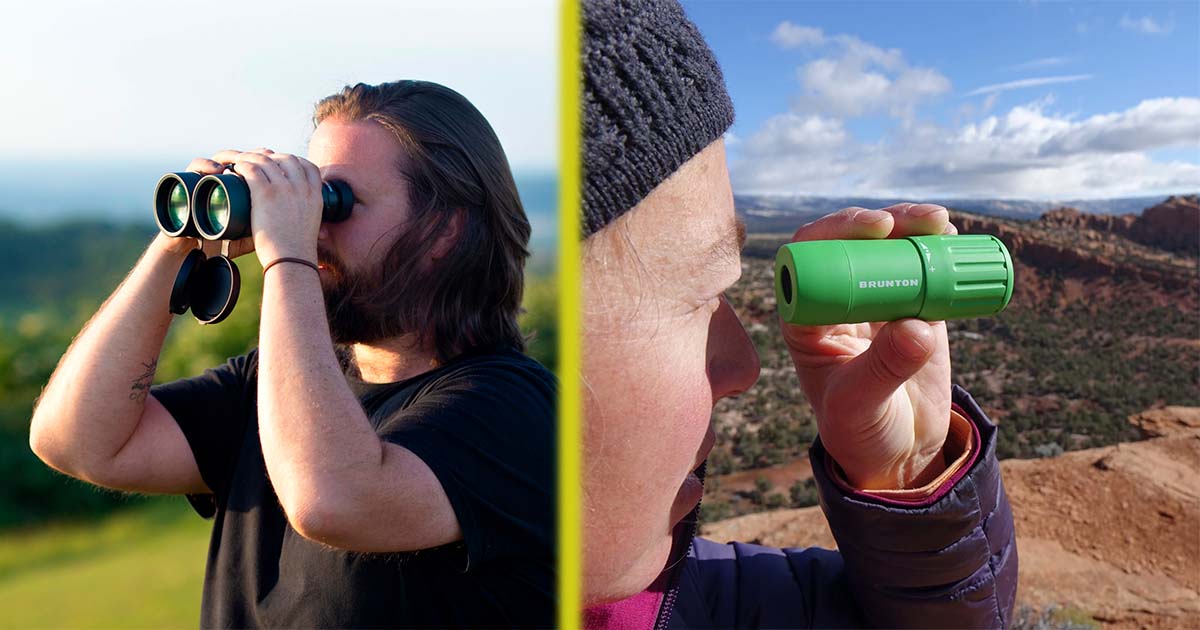
Your decision between these two devices should be guided by your personal preferences and intended use. Binoculars are the go-to choice for detailed, long-term observation of distant scenes or objects, providing a more natural, stable, and comprehensive viewing experience. They excel in scenarios where tracking dynamic subjects is key, such as in wildlife observation or sports.
On the other hand, monoculars are ideal for quick, concise observations where ease of transport and simplicity are paramount. Their design is perfect for activities where you need to maintain awareness of your surroundings, like hunting or navigating.
Ultimately, the best way to determine which suits your needs is to experience both. Try them out, compare their features and performance, and see which aligns best with your requirements and comfort.
FAQ About Binoculars and Monoculars
How do I choose the right magnification and objective lens size for my binoculars or monocular?
The magnification and objective lens size of your binoculars or monocular depend on your intended use and personal preference. Generally, you want a balance between magnification, field of view, brightness, and weight. Higher magnification means larger and clearer images, but also narrower field of view, dimmer images, and heavier devices.
Larger objective lens means brighter and sharper images, but also bulkier and heavier devices. A common rule of thumb is to divide the objective lens size by the magnification to get the exit pupil size, which should be between 2mm and 7mm for optimal brightness and clarity.
What are the benefits of using a monocular with a smartphone?
A monocular can be attached to a smartphone using a special adapter, which allows you to use the phone’s camera to take photos or videos of the magnified image. This can be useful for sharing your observations with others, recording your experiences, or enhancing the image quality with digital zoom or filters.
A smartphone can also act as a screen for your monocular, which can be more comfortable and convenient than using your eye.
How do I care for and maintain my binoculars or monocular?
Binoculars and monoculars are delicate and sensitive devices that require proper care and maintenance to ensure their performance and durability. Here are some tips to keep them in good condition:
- Store them in a dry and cool place, away from direct sunlight, heat, or moisture. Use a case or a pouch to protect them from dust, dirt, or scratches;
- Clean them regularly with a soft cloth, a brush, or a blower. Do not use harsh chemicals, alcohol, or water to clean them, as they may damage the lens coating or the internal parts. Do not touch the lens with your fingers, as they may leave fingerprints or oils that can affect the image quality;
- Avoid dropping, shaking, or bumping them, as they may cause misalignment, distortion, or breakage. If you notice any problems with the image, such as double vision, blurriness, or color fringing, contact the manufacturer or a professional for repair or adjustment.
Conclusion: A Guide to Enhanced Viewing
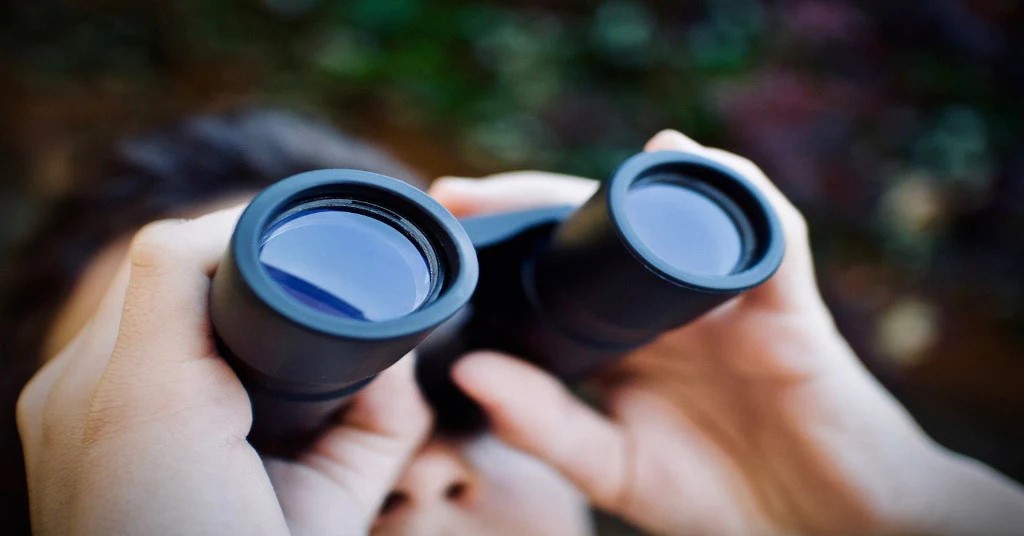
In conclusion, both binoculars and monoculars offer unique advantages for enhancing your visual experiences. Binoculars provide a richer, more immersive view with greater depth and clarity, but come with added weight and complexity. Monoculars offer simplicity, portability, and ease of use, though they sacrifice some of the immersive qualities of binoculars.
Your choice should be informed by your specific needs and the nature of your activities. This guide aims to provide a clear understanding of the differences between binoculars and monoculars, helping you make an informed decision for your next adventure or observation endeavor.
You may also like:
